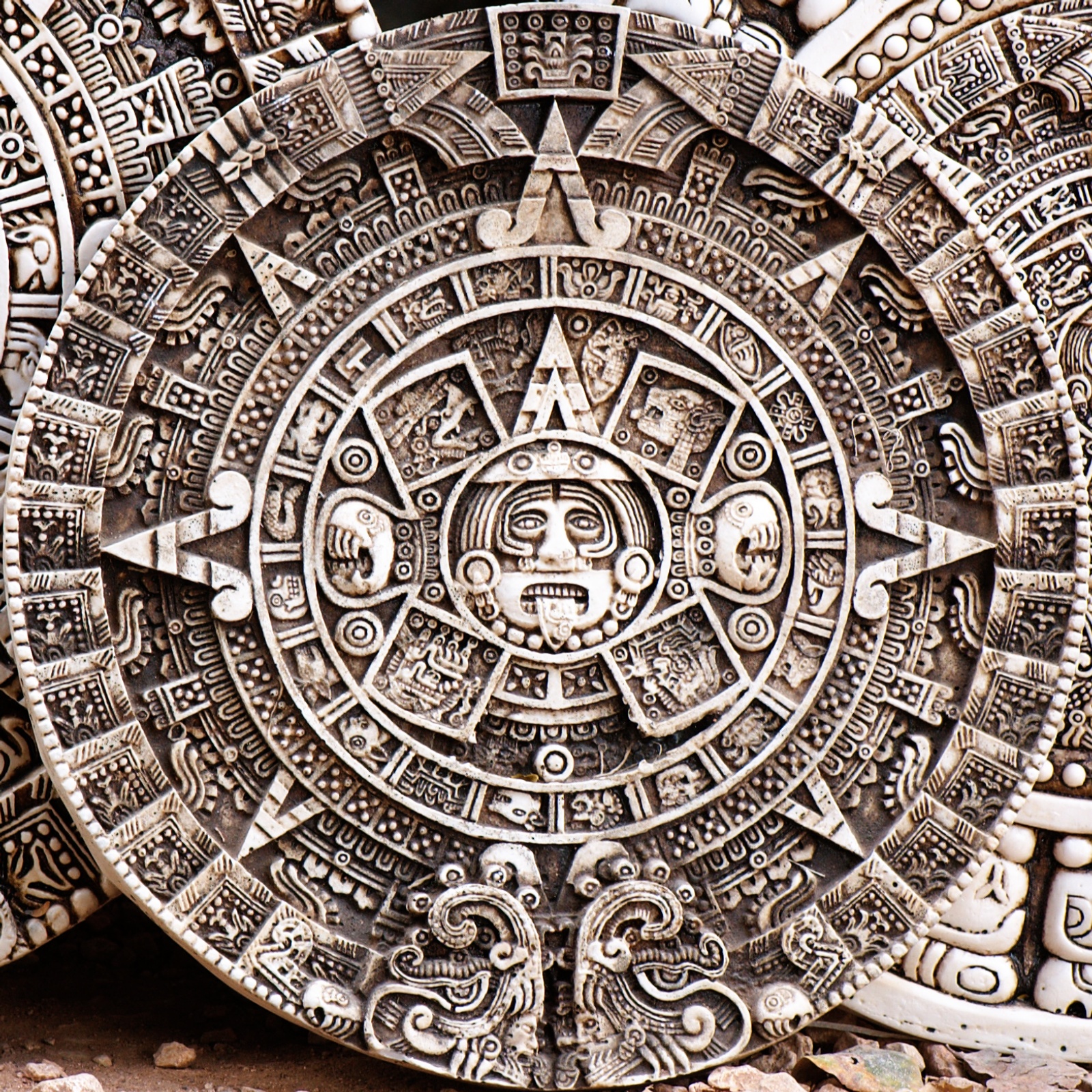Many people often mix up the Aztecs and Mayans, thinking they are the same. But they are two distinct civilizations with their own unique cultures and histories. Both made remarkable contributions to the world, yet they flourished in different times and places in Mesoamerica. It’s important to recognize their individuality to appreciate their legacies accurately.
The Ancient Maya
Ancient Maya Historical Sites and Ruins
Maya Mythology
Gods and Goddesses
| Kukulkan |
| Chaac |
| Ix Chel |
| Ah Puch |
| Itzamna |
Ancient Maya Artifacts
| Chac Mool |
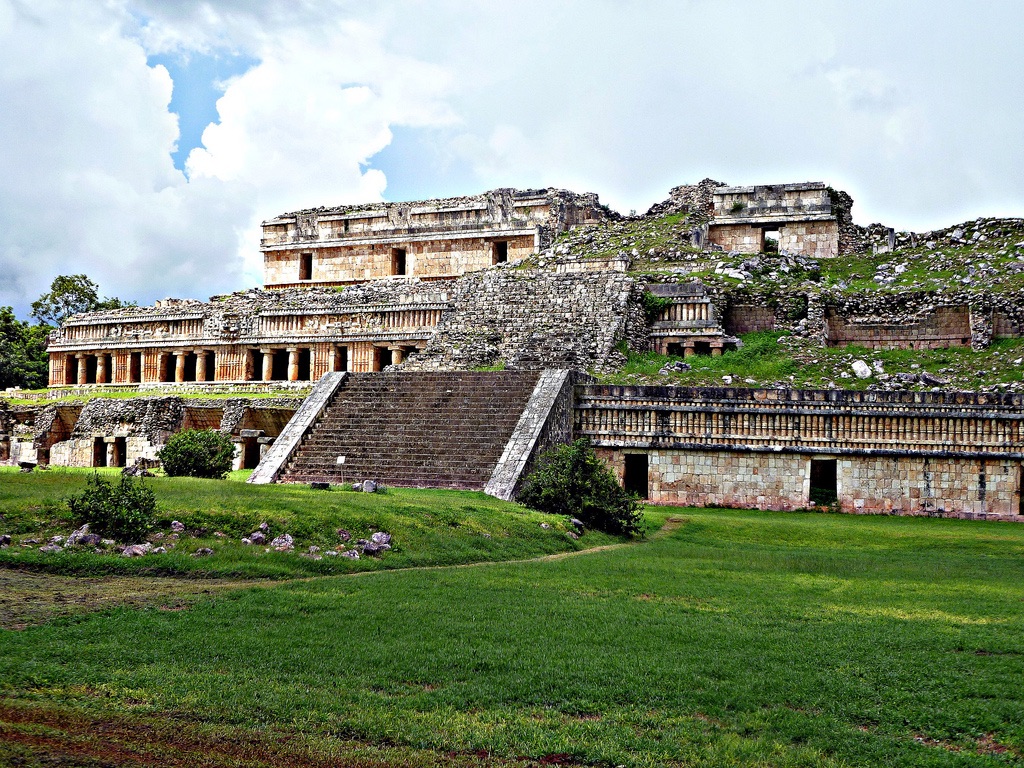
Sayil
Snuggled within the dense forests of the Yucatán Peninsula, the Sayil Ruins are a testament to the ingenuity of the ancient Mayan civilization. This site, part of the Puuc region, showcases a blend of architectural splendor and astronomical precision. Visitors can explore iconic structures such as the Great Palace, a three-story building marked by its impressive columns and intricate stone carvings. Sayil reveals the Mayans’ advanced urban planning and social organization through its remnants. By studying these grand constructions, we uncover the daily life, religious practices, and communal hierarchies of a once-thriving city.
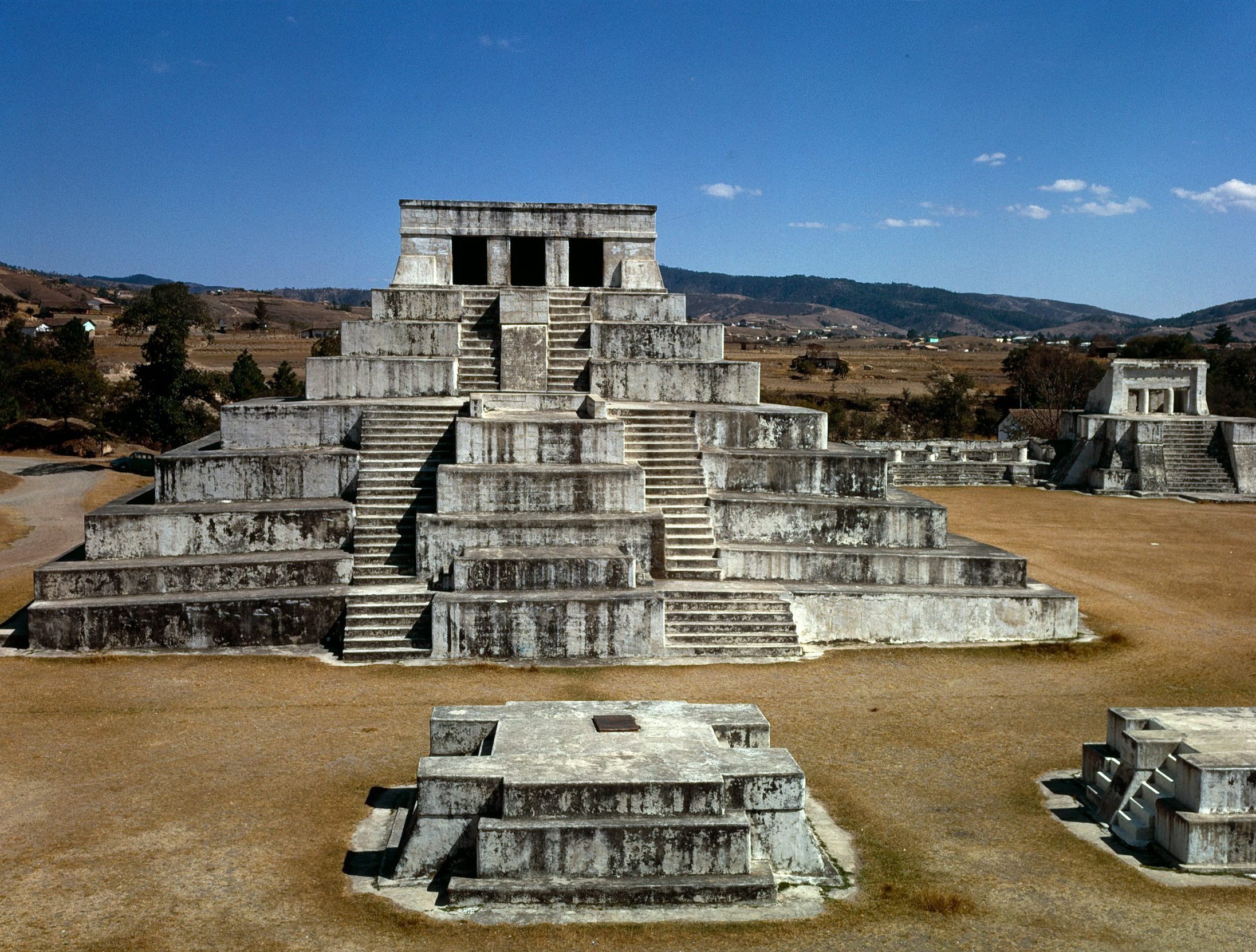
Zaculeu
Zaculeu stands as a remarkable window into the ancient Maya civilization, offering insights into their advanced societal structures. The ruins echo the historical might of the Mam Maya, showcasing the engineering and architectural prowess of this indigenous group. Careful study of this site reveals its role as a formidable city-state with profound spiritual and administrative significance. As an archaeological marvel, Zaculeu continues to inspire awe with its grand plazas and solemn pyramids, which are as culturally rich as they are ancient.
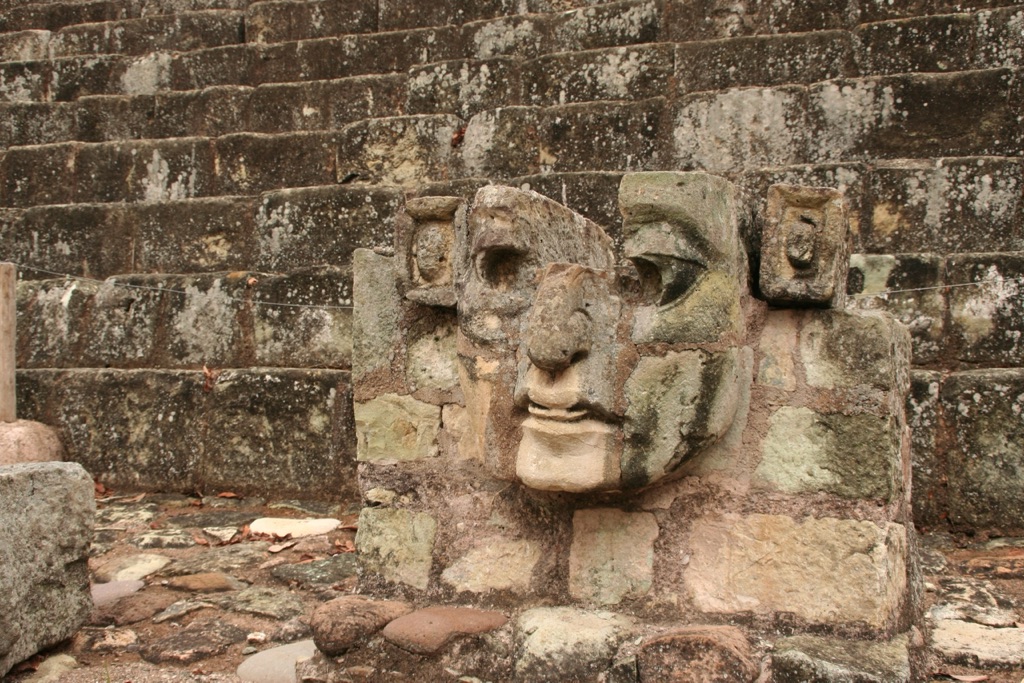
Copán
Nestled in the lush valleys of western Honduras, Copán stands as one of the most significant remnants of the Maya civilization. Known for its monumental structures, intricately carved stelae, and advanced hieroglyphic script, Copán offers an immersive glimpse into ancient history. Visitors marvel at the Acropolis and the grandiose hieroglyphic stairway that tells a dynastic story. As a UNESCO World Heritage Site, Copán showcases the ingenuity of Mayan astronomy, mathematics, and writing systems, attracting scholars and travelers worldwide.

Kaminaljuyu
Kaminaljuyu, located in present-day Guatemala City, is one of the most significant archaeological sites in the region. This ancient city was a major center of the Maya civilization and played a crucial role in its development. Kaminaljuyu was inhabited from around 1500 BC to AD 1200, spanning the Preclassic and Classic periods of Mesoamerican history. Despite urban development, many artifacts and structures have been unearthed, providing invaluable insights into the civilization that once thrived here.
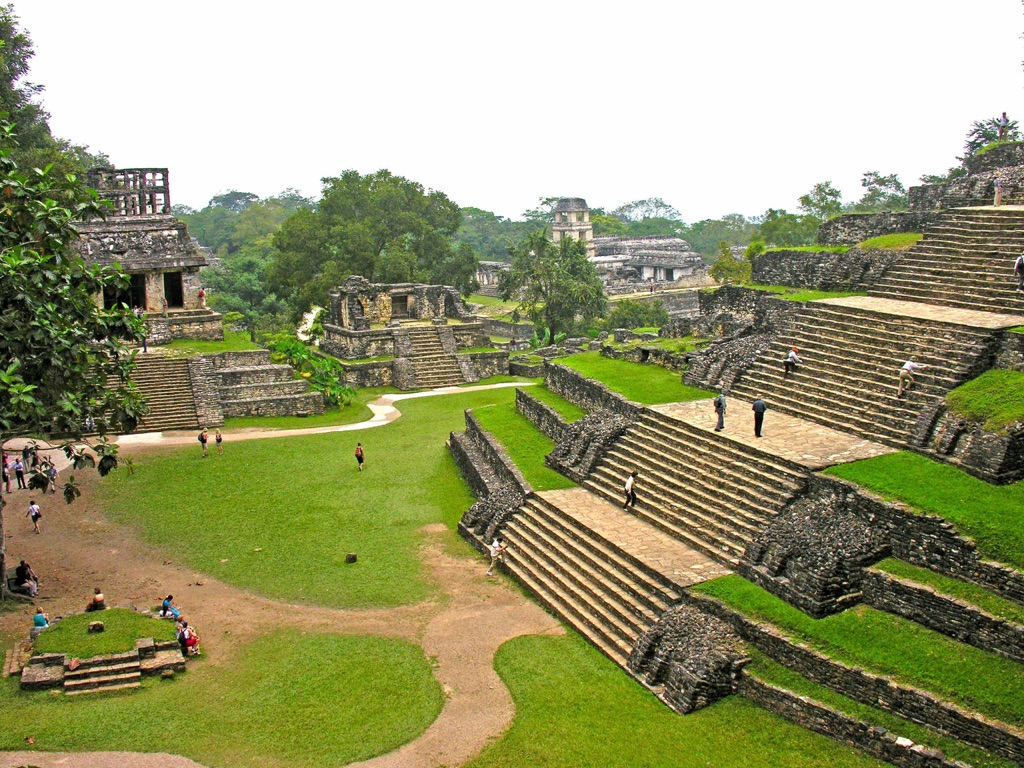
Palenque
Palenque, a city rich in history and culture, is nestled in the lush jungles of Chiapas, Mexico. Once a thriving Mayan city-state, it now stands as an archaeological site, its ruins whispering tales of a bygone era. From the 3rd century BC to the late 8th century AD, Palenque was a significant political and cultural hub. Today, it offers a glimpse into the intricate world of the Mayans, with its beautifully preserved temples, palaces, and inscriptions.

